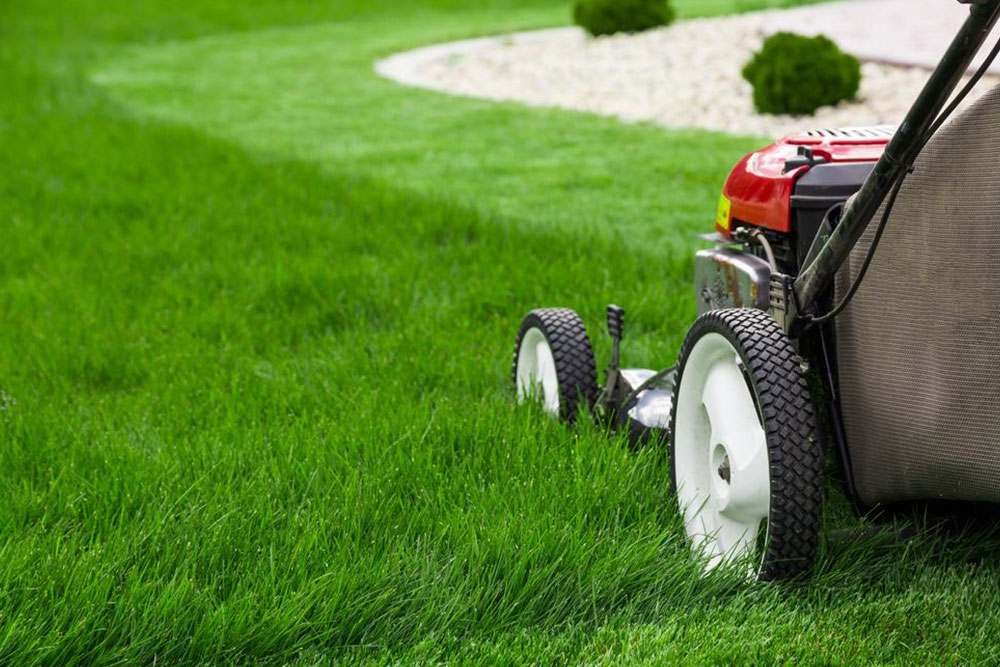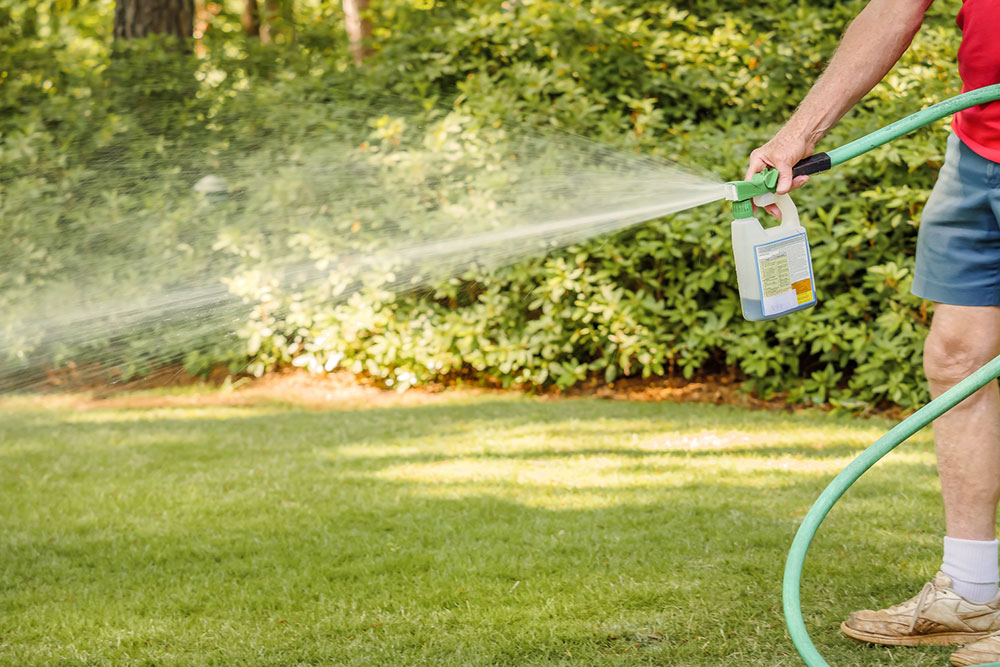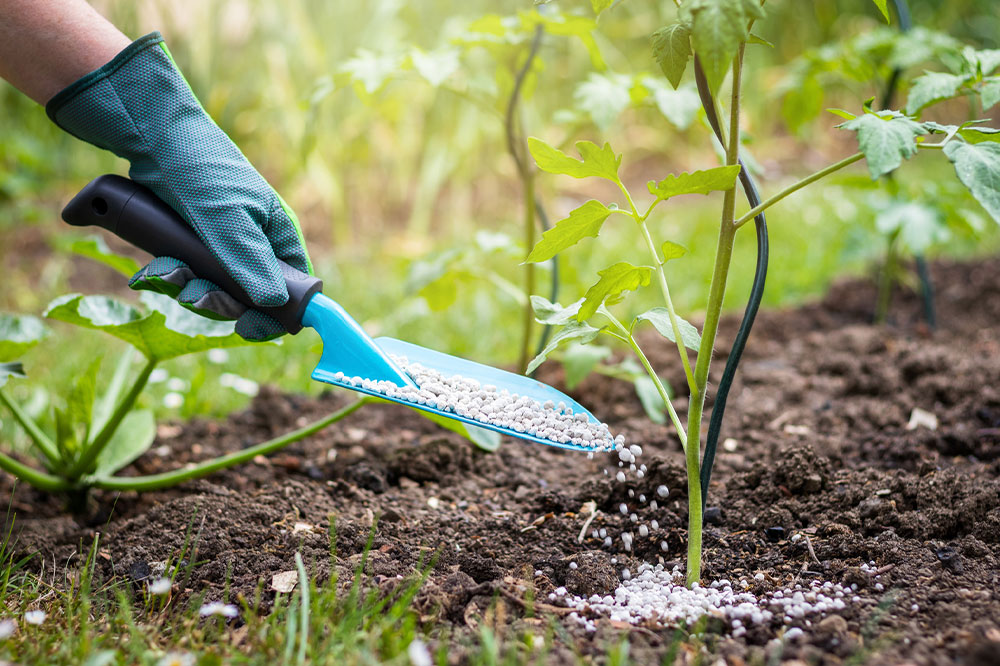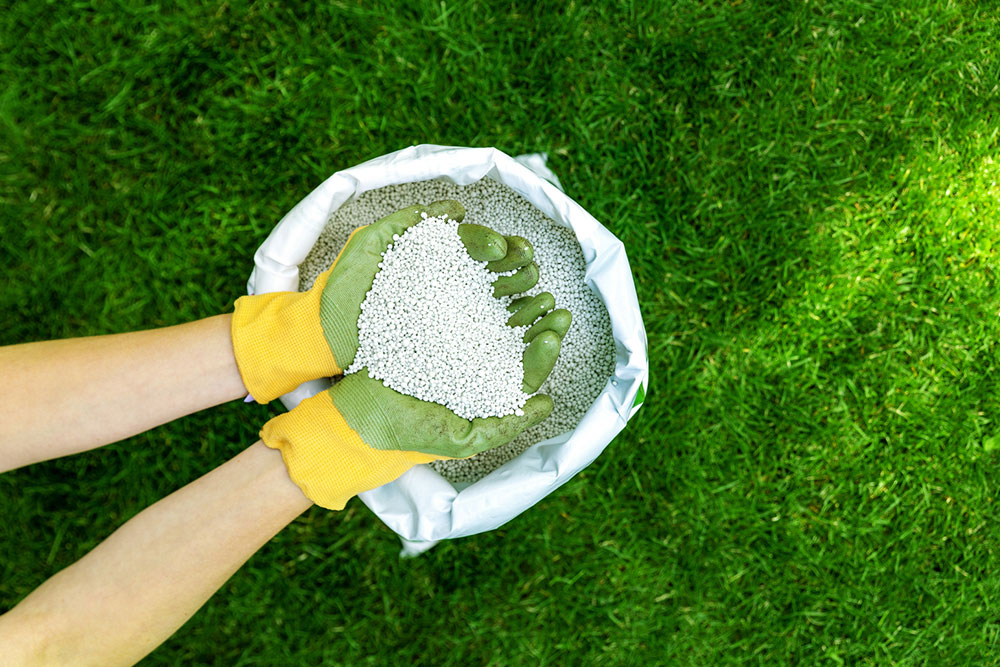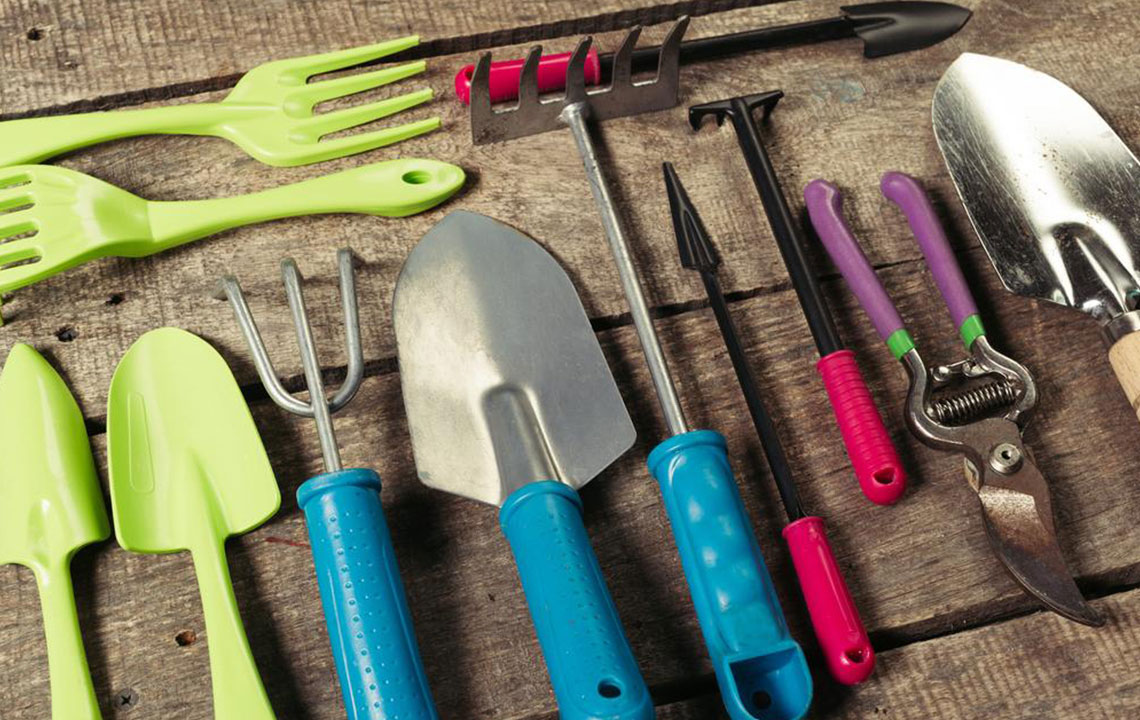Top Fertilizer Choices and Care Tips for Crepe Myrtles
Discover expert tips on choosing the best fertilizers for crepe myrtles and learn effective application methods. Proper fertilization promotes lush foliage, vibrant blooms, and overall health. The article covers balanced, nitrogen-rich, phosphorus-focused, slow-release, and organic fertilizers, along with tips on timing, soil testing, watering, mulching, and pruning to maximize growth. Implementing these practices ensures a thriving, beautiful crepe myrtle landscape, enhancing your garden's aesthetics and vitality through informed fertilization routines.
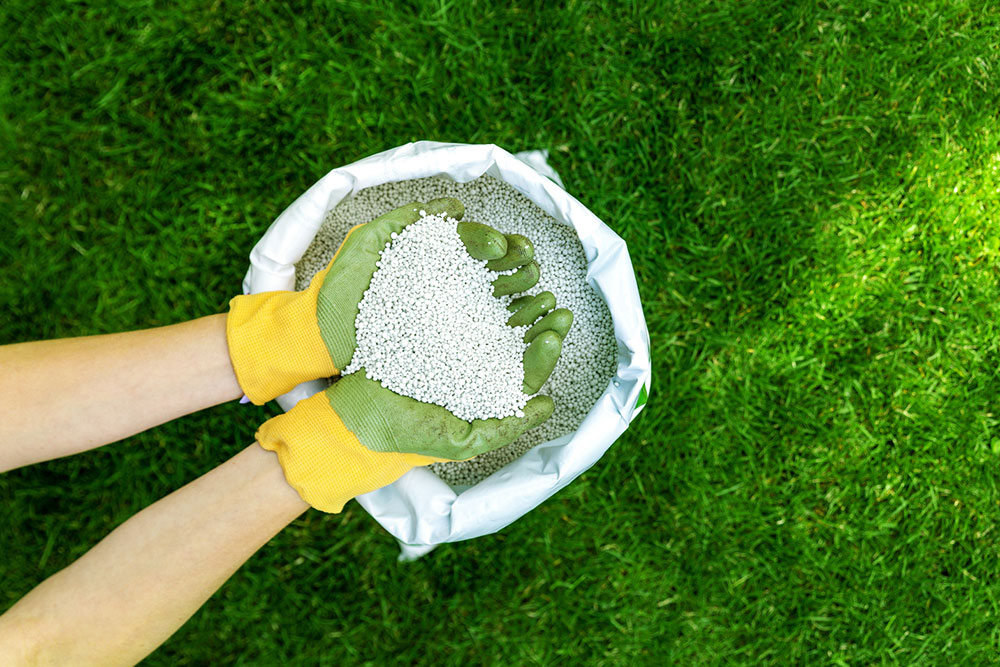
Top Fertilizer Choices and Care Tips for Crepe Myrtles
Healthy crepe myrtles display stunning, vibrant blooms when nourished with proper nutrients. Over time, soil minerals may diminish, requiring supplementation through fertilization. Essential nutrients like potassium, phosphorus, and nitrogen enhance growth, flowering, and pest resistance. Applying the correct fertilizer in a balanced manner supports the tree’s full potential. Regular feeding ensures lush foliage and abundant blossoms, promoting overall plant health and aesthetic appeal.
Optimal fertilizers for crepe myrtles
Balanced NPK Fertilizers - Using fertilizers with equal parts nitrogen, phosphorus, and potassium (e.g., 10-10-10 or 14-14-14) encourages healthy growth, flowering, and root expansion. These are especially beneficial for young or newly planted crepe myrtles, ensuring all essential nutrients are supplied evenly.
High- Nitrogen Fertilizers - Nitrogen boosts leafy growth, resulting in a lush, full canopy. Choose formulations like 16-4-8 or 20-10-10 to support vigorous vegetative development.
Phosphorus-Rich Supplements - Phosphorus is vital for root development and vibrant flowering. Fertilizers with ratios like 5-10-5 or 10-20-10 are ideal for promoting bud formation during early spring, resulting in abundant, colorful blooms.
Slow-Release Fertilizers - These fertilizers gradually dispense nutrients over time, providing consistent nourishment. Available in granular or spike forms, they reduce the need for frequent applications and prevent overfeeding.
Organic Options - Made from natural materials such as compost, manure, or bone meal, organic fertilizers improve soil health sustainably. Applying them in fall or early spring supports eco-friendly growth and enriches microbial activity.
Applying crepe myrtle fertilizer: How to proceed
Regular adherence to package instructions is essential when fertilizing. To optimize results, monitor soil health, observe plant responses, and adjust as needed. Here's a guide to proper application:
Timing of application - Fertilize in early spring as the tree resumes growth, with a second application in late spring or early summer to sustain vitality.
Soil testing - Analyze soil beforehand to identify specific nutrient deficiencies, ensuring targeted supplement use.
Frequency - Follow label recommendations for application intervals, avoiding excess that can harm the tree or cause nutrient runoff.
Uniform coverage - Distribute fertilizer evenly around the drip line, avoiding the trunk to ensure balanced root nutrient absorption.
Watering - Water thoroughly post-application to facilitate nutrient uptake, maintaining proper soil moisture levels.
Mulching - Add organic mulch around the base to improve soil quality, conserve moisture, and prevent weeds.
Pruning - Perform pruning in late winter or early spring to remove dead branches and promote a healthy, open canopy, enhancing fertilization effectiveness.
Using suitable fertilizers and following these care practices will lead to vigorous growth, beautiful blooms, and a healthy crepe myrtle landscape. Adjustments based on ongoing observation optimize long-term beauty and vitality.
